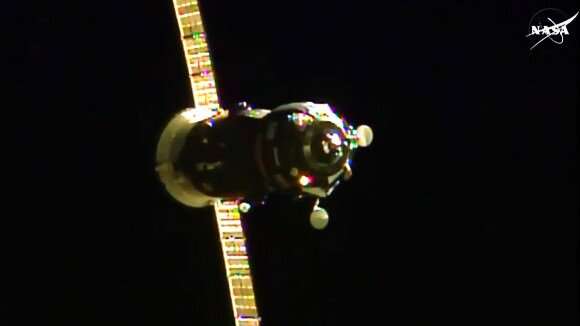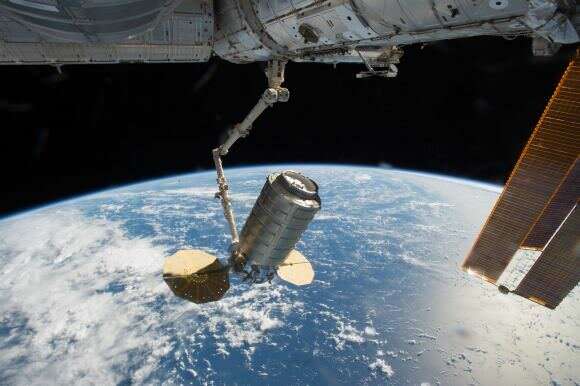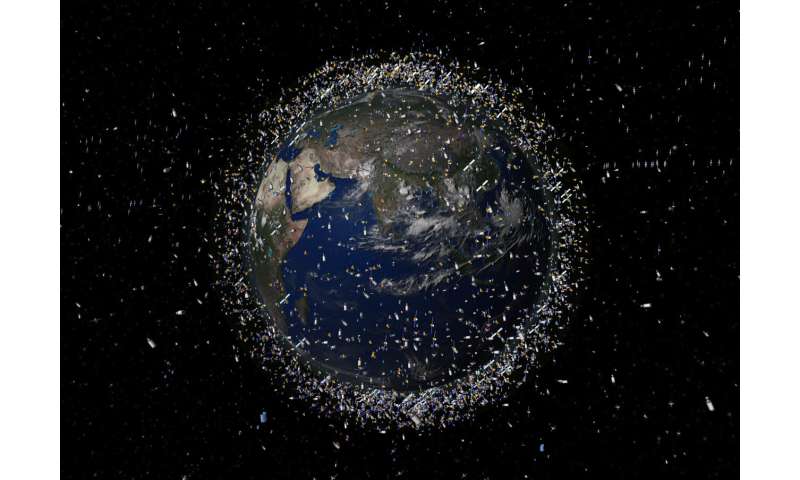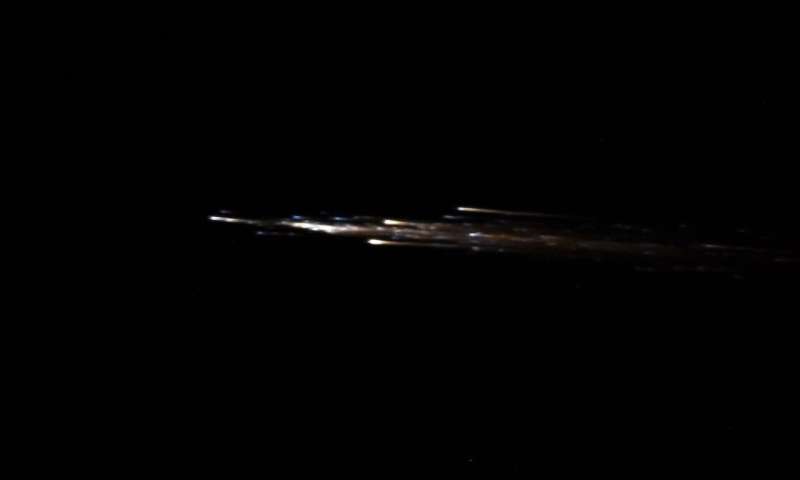Uncrewed Progress cargo ships have been flying since 1978, supporting previous Soviet-era space stations such as Salyut 6, Salyut 7 and Mir. They have been bringing supplies to the ISS since the very beginning of operations.
But now, there are several robotic, automated resupply ships for the space station: the European Space Agency's Automated Transfer Vehicle (ATV), JAXA's (Japan Aerospace Exploration Agency) HTV resupply ship, Northrop Grumman's (formerly Orbital ATK) Cygnus cargo ship, and SpaceX's Cargo Dragon.

These ships bring supplies such as food, water, replacement/spare parts and experiments to the crew, as well as propellants and oxygen. After everything is unloaded, ships like Progress become a trash can—a place to stow garbage and other unneeded items. The ships stay docked to the ISS for about six months, and after being loaded with trash and waste, the hatch to the vehicle is closed and the Progress undocks from the station. Then the procedures for reentry begin.
Progress is designed to burn up in the atmosphere, but not everything is completely combustible. In a press release, Roscosmos said the non-combustible components of the craft land and sink into a "non-navigable region of the South Pacific. Non-combustible structure elements will drop in the calculated area of the non-navigable region of the Pacific Ocean. The estimated fragments drop area is approximately 1,680 km east of Wellington (New Zealand). Roscosmos has completed all the necessary procedures to flag this area as temporarily dangerous for sea navigation and aircraft flights."
But besides the cargo ships returning from the ISS, other man-made objects regularly meet their demise by streaking through and burning up in Earth's atmosphere. Things like old, inactive satellites, rocket stages and other discarded hardware, as well as smaller pieces of space debris—such as fragments of vehicles that exploded or collided, and even small pieces of paint that have come off of space vehicles—regularly burn up in Earth's atmosphere.

All these items—both big and small—are tracked by radar by the Space Surveillance Network (SSN), which oversees radar and optical sensors at various sites around the world. There is the Joint Combined Space Operations Center (CSpOC) at Vandenberg Air Force Base, part of U.S. Strategic Command and ESA's Space Debris team. They detect, track and identify all objects in Earth orbit, as well as monitoring the International Space Station (ISS) and other NASA satellites for potential collisions.
Interestingly, on average, about one satellite crashes back to Earth every week. Most are uncontrolled entries, and it's kind of a crap shoot as to where any pieces surviving pieces might fall. But these fiery reentries are rarely seen, mostly because Earth is a big place, mainly covered by water, and much of what falls ends up in plopping down into the oceans. Another thing is, most of us aren't looking up into the night sky all that often.
But these reentries are seen at times—sometimes by video surveillance cameras or dashcams. If the satellite or old rocket piece is big enough, pieces can be seen shedding off as the reentering vehicle descends in a superheated shroud of incandescent plasma. The ablation process starts around a height of 100 km and is usually complete by the time the object has descended to about 20 km. (Here's additional info on space debris).

Trackable objects in low Earth orbit. Credit: ESA 
The Hayabusa spacecraft burned up on re-entry into Earth’s atmosphere in 2010, but the capsule containing the samples survived. The glowing piece on the bottom front of the debris stream is the sample capsule. Credit: NASA Ames
Of course, "naturally occurring" objects fall through our atmosphere too, space rocks that range in size from dust grains to small asteroids. Many times, if you see something steak across the night sky, it is hard to tell the difference between a meteor and a piece of disintegrating space debris.
And of course, for the spacecraft we DON'T want to have break up in the atmosphere—such as crewed spacecraft, or even small things like the return capsule for the Hayabusa 2 spacecraft—there are heat shields to protect them. But that's another story for another day.
Explore further



